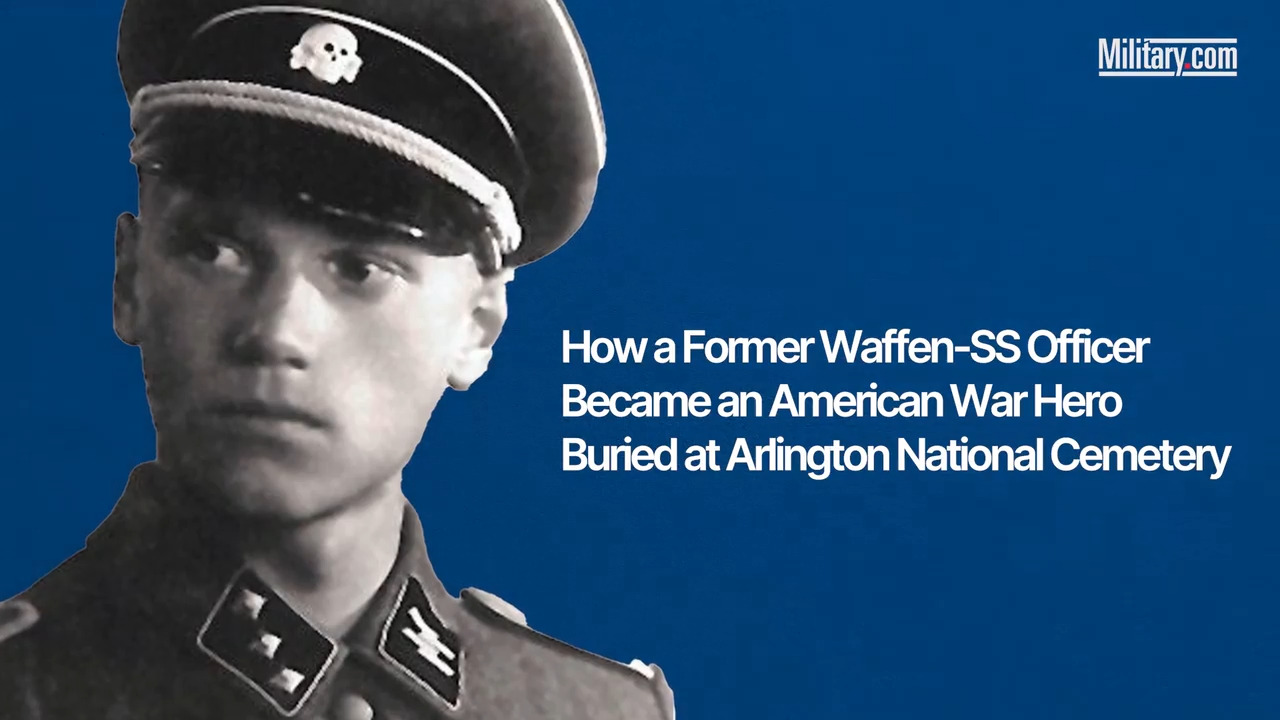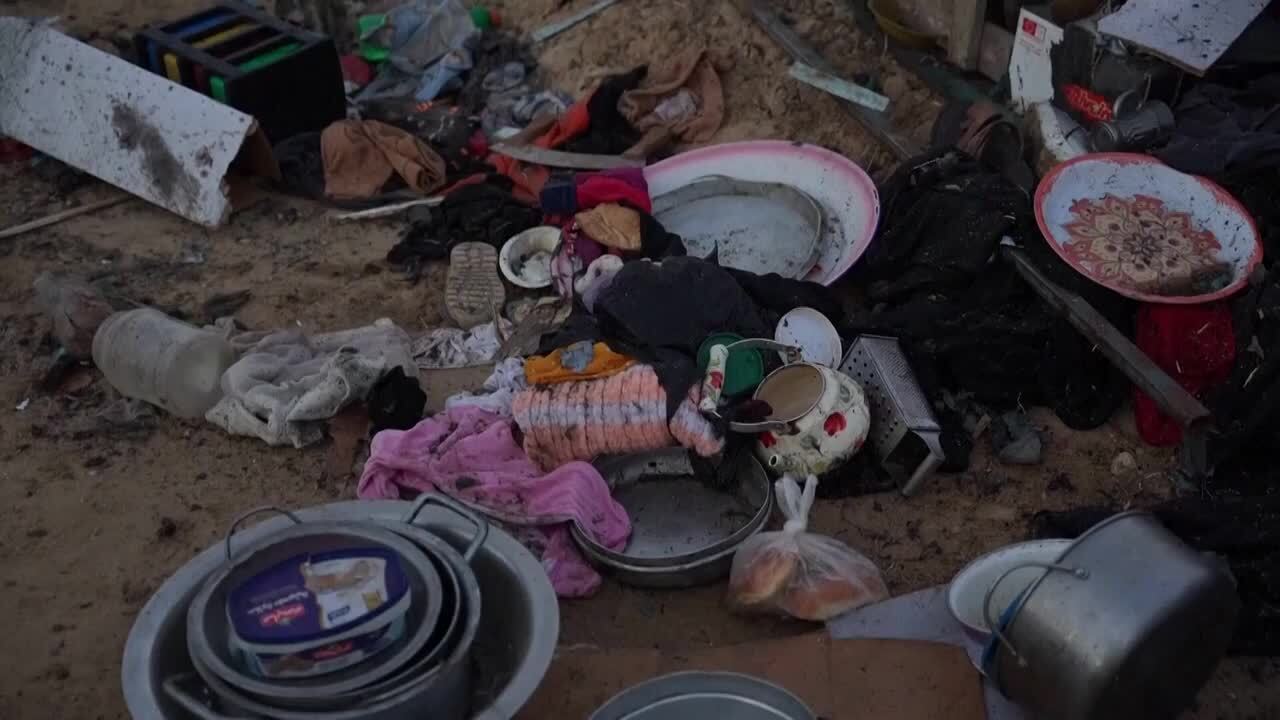Before Osama bin Laden and al-Qaeda attacked the United States on Sept. 11, 2001, the world's deadliest terrorist -- and certainly the one who killed the most Americans -- was someone the U.S. public knew little about.
Americans were well aware of Imad Mughniyeh's work. He masterminded the 1983 attack on the Marine barracks in Beirut that killed 241 members of the U.S. military and the second bombing that day, which killed 58 French paratroopers.
"I think he wasn't as well known because by design, he kept his name secret," Greg Barker, director of the new Showtime series "Ghosts of Beirut," tells Military.com. "People knew his name, but only within certain circles. For 25 years, the only photo they had was his high school passport photo."
Mughniyeh also executed the bombing of the U.S. embassy compound in Beirut, one that killed 63 people, including CIA Station Chief Kenneth Haas and Robert Ames, the agency's Near East director. Hunting Imad Mughniyeh became a near obsession for many in the CIA, but they didn't even know what he looked like.
"Ghosts of Beirut" is a new four-episode limited series that recreates the CIA's hunt for Mughniyeh, dramatizing the agency's partnership with Israel's intelligence service, Mossad, and shows the international cloak-and-dagger mission that ultimately resulted in Mughiyeh's 2008 assassination on the streets of Damascus.
"There was blood lust to go after him, over time within the agency," says Barker. "There were people whose careers were shaped in a very dramatic way by the events in Beirut in the mid-1980s, who then went on to other positions across the agency, even at the very highest levels."
Among the numerous other attacks on foreign nationals in Lebanon and elsewhere, Mughniyeh's enduring legacy is probably the development of the suicide bomber as a terror tactic. Suicide attacks had happened in the past, but it was Mughniyeh's Beirut-based Islamic Jihad organization that made martyrs of bombers.
"I think there were lessons the CIA took from that, that informed how the agency evolved over the years, particularly how it reacted after 9/11," Barker says. "Here you have this kid on the streets, who at 19 reinvents suicide bombing, something he could convince people to do for his own cause."

Mughniyeh and Islamic Jihad would later be accused of the kidnapping and murder of numerous civilians in Lebanon, including journalist Terry Anderson and William Francis Buckley, the CIA station chief in Beirut who took over after Haas' murder. Mughniyeh had also been charged with the hijacking of TWA Flight 847, where U.S. Navy Seabee Robert Stethem was tortured and killed.
His other crimes include an attack on the Israeli embassy in Argentina, cross-border attacks on the Israel Defense Forces and bombing attacks on foreign embassies, industrial centers and an airport in Kuwait.
"Ghosts of Beirut" seamlessly blends real archival news reports and interviews with real-world CIA operatives who were involved with the agency during Mughniyeh's reign of terror in Lebanon with the striking dramatized narrative about how the he went from a 19-year-old kid in Beirut to the world's deadliest terrorist leader.
Even after the September 11th attacks, Mughniyeh and his image were a closely guarded secret within Hezbollah. The CIA didn't know what a 44-year-old Mughniyeh might look like. How did a filmmaker like Greg Barker get inside the head and history of such a shadowy figure?
"I can't give names," Barker says, "but there was a former Mossad guy who told us how they got a picture of him for the first time in 25 years, which is shown at the end of episode three. His son and wife, to whom he was married at 19, confront him about an affair he's having."
"From there, you extrapolate back. I can't get into details, but they were like any other 19-year-olds who got married. We have other sources that tell us about what she may have gone through, Mughniyeh's personal timeline, an Iranian defector who was a recruiter. We would find these stories and they all clicked."
When Barker would find a snippet of information, that would unlock a retired CIA officer or someone else with personal experience in the hunt for Mughniyeh. He began piecing together facts that had never been put together before.
"In the course of doing this research, we managed to lay them all out in a timeline with this new insight, connecting this current story with the past," Barker says. "And then suddenly it just kind of appeared to be a kind of narrative structure of how to tell the story."
The result is Barker's masterful retelling of how Imad Mughniyeh became a terrorist supervillain and how the CIA and Mossad teamed up to take him down. "Ghosts of Beirut" is currently airing on Showtime and streaming on the Showtime Anytime app and is available through the Paramount+ app.
-- Blake Stilwell can be reached at blake.stilwell@military.com. He can also be found on Twitter @blakestilwell or on LinkedIn.
Keep Up With the Best in Military Entertainment
Whether you're looking for news and entertainment, thinking of joining the military or keeping up with military life and benefits, Military.com has you covered. Subscribe to Military.com newsletters to get military news, updates and resources delivered straight to your inbox.

















